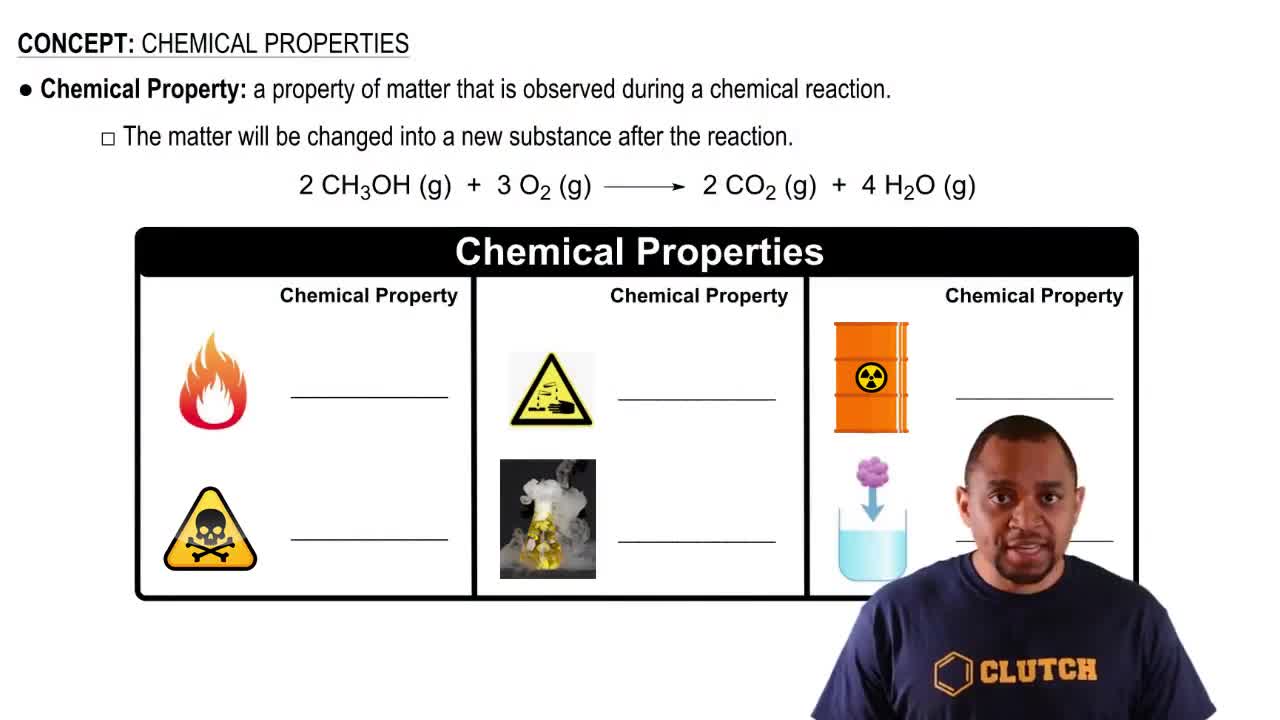Here are the essential concepts you must grasp in order to answer the question correctly.
Binary Molecular Compounds
Binary molecular compounds consist of two different nonmetals. They are named using prefixes to indicate the number of atoms of each element present in the compound. For example, 'mono-' for one, 'di-' for two, and 'tri-' for three. The first element retains its name, while the second element's name is modified to end in '-ide'.
Recommended video:
Chemical Nomenclature
Chemical nomenclature is the systematic naming of chemical compounds based on established rules. For binary molecular compounds, the name is derived from the elements involved, using prefixes to denote the number of atoms. This ensures clarity and consistency in communication among chemists regarding the composition of compounds.
Recommended video:
Common Examples of Binary Molecular Compounds
Common examples of binary molecular compounds include carbon tetrachloride (CCl4), chlorine dioxide (ClO2), nitrous oxide (N2O), and nitrogen trioxide (N2O3). Each of these compounds illustrates the application of naming conventions, where the prefixes and modified element names reflect the specific ratios of the constituent elements.
Recommended video:
Binary Acid Identification Example
 Verified step by step guidance
Verified step by step guidance


